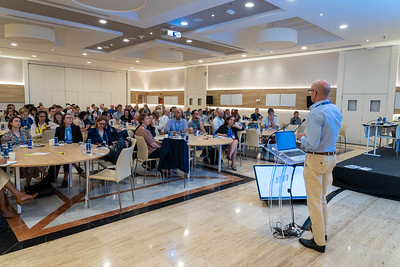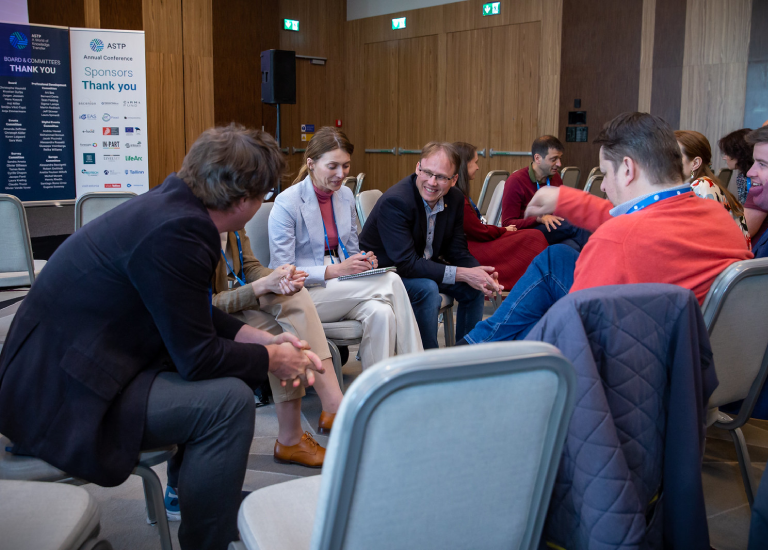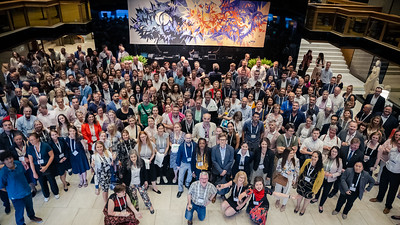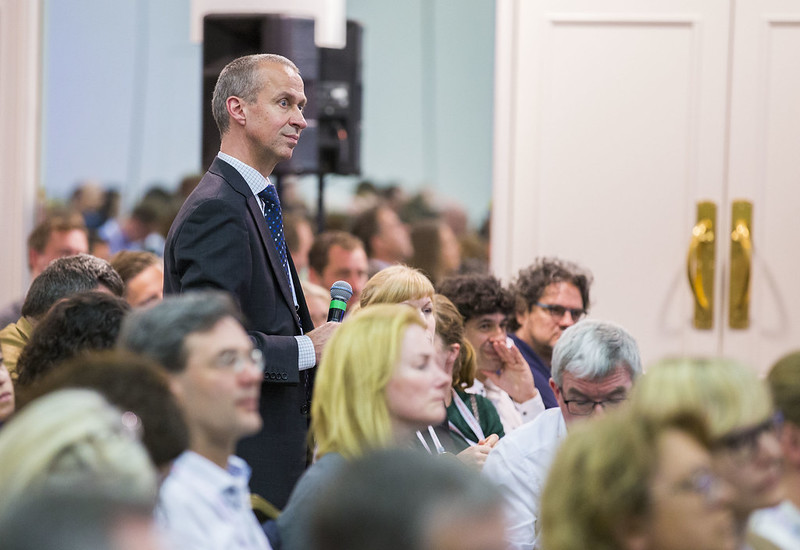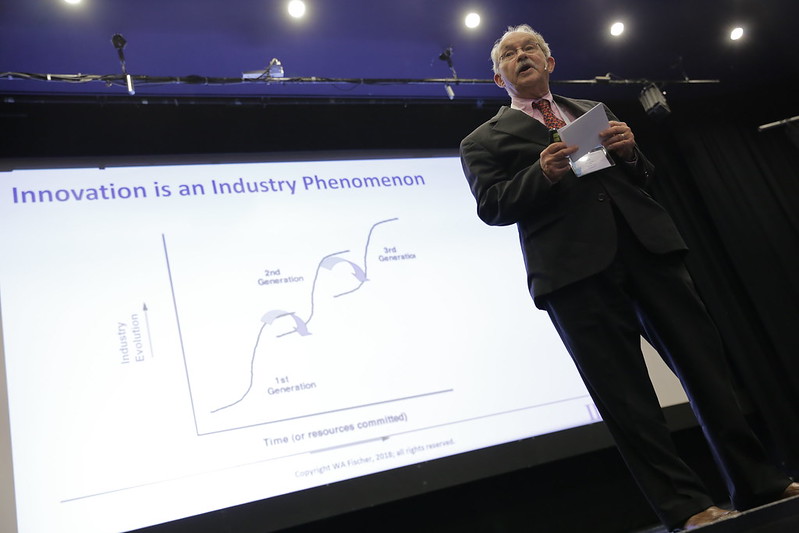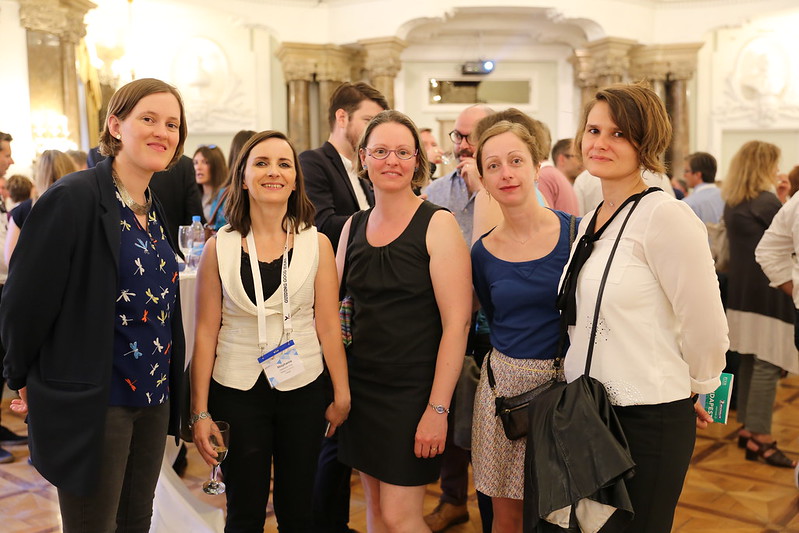Room Rates at Radisson Blu Lietuva Vilnius
Room Type
Standard Room inclusive of breakfast
Single Use
€142.00
Double Use
€154.00
Reservation link:
https://bit.ly/RadissonASTP2025
Promocode: ASTP25
Validity
- Room rate applies for booking on the night of 20th until 24th May 2025. Should you wish to stay longer, kindly contact the hotel directly.
- Rooms are based on run-of-house and subject to availability.
- Delegates to book through the link above.
Gediminas’ Castle Tower is the remaining fortification tower of the Upper Castle. Legend has it that the Grand Duke Gediminas dreamt of an Iron Wolf howling at the top of this hill, which he took as a prophecy of the great city that would one day stand in this place. The hill is where he eventually built a wooden castle.
Grand Duke Vytautas completed the city’s first brick castle in 1409. Gediminas’ Tower has changed purposes since then, including being used as the city’s first telegraph building in 1838. The Lithuanian flag was first flown at the top of the tower a century ago. The Vilnius Castle Museum was opened in 1960, and in 1968 it became a subdivision of the Lithuanian National Museum. Website https://lnm.lt/en/museums/gedi...
Brief History
The castle was built in the 14th century and served as a residence for the Grand Dukes of Lithuania. However, the structure fell into disarray in the 17th century and was only rebuilt in 1951. In 1962, the castle became a part of the Trakai History Museum.
How to get to Trakai
By car: from Vilnius to Trakai - 27 km, from Old Trakai to Trakai only 4 km. Leaving Vilnius, follow Savanorių Avenue and continue following the signs. Highway - A16. By bus: from the Vilnius Bus Station (Sodų g. 22, tel. 1661), platforms: No. 6, 7, 8 (suburban), 28 and 29 (interurban, via Alytus). Buses to Trakai go about 50 times a day (about 40 times on weekends), at intervals of about 10 to 20 minutes, www.autobusustotis.lt
By train: from the train station (Geležinkelio g. 16), tel. +370 5 233 0088, www.litrail.lt Website https://trakaimuziejus.lt/en/
Brief history
Paupys is the newest district in Vilnius; it’s right in the Old Town but surrounded by nature and tranquillity. Modern architecture blends well with the bends of the Vilnelė River and surrounding old trees. The district’s vibrant community of food artisans, promising chefs, creative minds and artists give curious visitors a chance to explore a journey of flavours. Paupys Market is more than just a dining location, it’s a carefully crafted, shared experience. Website https://www.paupioturgus.lt/
Located in the alley of bars and restaurants on Vilniaus Street, Meating Room is a specialised South American steakhouse offering not only the most delicious meat dishes, but also your favourite European comfort cuisine. Try the extensive tapas menu for variety. Those who fancy a drink will be surprised by the distinctive style of the bar, where everyone will find their favourite drink. You can also enjoy a journey of flavors on the very stylish and cozy outdoor terrace. Website https://meatingroom.lt/
Brief History
Vilnius Cathedral was rebuilt several times as a result of frequent fires, wars and unstable soil under its foundation. Due to the building’s importance, many prominent foreign and local architects and artists led the reconstruction projects. The building currently reflects the Classicist style (architect Laurynas Stuoka-Gucevičius), but its walls have traces of Gothic, Renaissance and Baroque.
A 57-metre tall bell tower stands right by the cathedral and is one of the symbols of Vilnius.
The history of the bell tower dates back to the middle of the 13th century: the defensive tower that stood here in the 16th century became a bell tower and got its current appearance at the beginning of the 19th century. The city’s oldest clock at the top of the tower chimes its bells to invite people to mass. An exhibition inside the tower recounts its history and offers visitors a spectacular view of the Old Town. Website http://www.katedra.lt/
Brief History
A wooden settlement stood in this historical place in the 4th-8th centuries, while in the second half of the 13th century, part of the settlement became a stone castle. In the first half of the 14th century, it became the most important building in the large area of Vilnius Lower Castle which is surrounded by a wall. From the first days of Gediminids, almost all Lithuanian rulers resided here. They repeatedly expanded the castle, and at the end of the 15th century, they began its fundamental reconstruction.
Originally Gothic, the 16th-century residence of the Grand Dukes of Lithuania became a grand Renaissance palace. In the first half of the 17th century, they also acquired early Baroque features. Vilnius was one of the largest hubs in Central and Eastern Europe at that time. In the middle of the 17th century, the Moscow army destroyed the palace and during the period from the end of the 18th century to the beginning of the 19th century, the palace was completely destroyed. Website https://www.valdovurumai.lt/en
Brief history
The 600-year-old square that once occupied most of the present Old Town was a Jewish neighbourhood of goldsmiths, glassblowers, artisans and financiers. The Goldsmiths Guild was founded there in 1495, followed by the first glass manufactory of the Grand Duchy of Lithuania in 1547. This historic community was named the Glass Quarter in 2018, recalling the times when there were as many as three Stiklo streets: Stiklo 1, Stiklo 2 and Stiklo 3. As if hidden among the bigger streets of the city, the quarter is still surrounded by jewellers, local artists, artisan shops and workshops, cosy restaurants, the headquarters of the chamber orchestra, art galleries, and Stikliai Hotel, one of the city’s oldest. Website https://www.govilnius.lt/visit...
Dine is perfect for those who appreciate privacy, high-class service, and a carefully selected menu. People return to Dine again and again for their favourite dishes, which always stay on the menu (for example, the exquisite octopus with young potatoes and homemade duck sausage), as well as the professionally selected wines. One of the hosts of Dine is Arminas Darasevičius, a sommelier who is considered to be among the best in Lithuania. Website dinerestaurant.lt
Lithuanian nature is humble, calm and harmonious. It conceals numerous hidden treasures that are not immediately visible. The same description applies to Lithuanian cuisine and its ingredients. Restaurant PACAI aims to discover these hidden gems and present them in a way that showcases their true brilliance on the plate. The key to unlocking the authentic taste of Lithuania lies in the simplicity and yet expressive and distinctive flavors of local ingredients such as caraway seeds, dill, horseradish, and many others. As the seasons change, our nature offers a diverse range of aromas and textures, allowing us to be imaginative, inquisitive, and constantly exploring in the kitchen. Restaurant chefs are inspired by the concept of Nordic-Lithuanian cuisine, which drives them to create innovative and original flavors. Website Hotelpacai
Meat, a steakhouse opened by one of Lithuania’s top chefs, is tucked away just across the Neris River from the hustle and bustle of the Old Town. It normally emanates an elegant restaurant ambiance, except from 10 am to 5 pm on Saturdays and Sundays, when families gather for brunch. The buzz they bring with them is welcome on weekends. As for the menu, it offers as many as 10 variations of Eggs Benedict (classic, Korean, Israeli, Mexican, etc.). Other breakfast icons include Spanish Churros and American pancakes. They also offer a kids menu.
Vilniaus Street
The deeper you go, the more bars you will find. The deeper you go, the more trees you have – this is what we say in Lithuanian. The same goes with bars on this street. Head to Gringo for an informal atmosphere reminiscent of an English pub that both locals and foreigners love. Do you like playing foosball? Watching live sports? Then this is the place for you. By the way, Gringo offers daily lunch and their šaltibarščiai is said to be really delicious.
One more pub on Vilnius Street worth mentioning is rePUBlic. This place is a phenomenon in Kaunas and is so popular there they have three locations. However, the one and only Republic in Vilnius is here. The number of screens they have make it clear that sports fans will love it.
On the way to Vokiečių Street, next to fancy places like Distilerija and the Bubbles. Champagneria, you’ll cross paths with well-dressed people, pass a bar named Drops; then the Rhum Room; the budget-friendly Plus Plus Plus, which youngsters love; and Trinity, an old monastery housing an elegant restaurant serving European cuisine and two bars.
Islandijos Street
Let’s turn to Islandijos Street. On your right you will find one of the oldest and best cocktail bars in the city: Alchemikas. It is well-known for a professional team, classic and vintage cocktails and a collection of rare spirits.
Close by is one of the liveliest spots in town: Piano Man Bar (the locals call it Piano Man). It’s often crowded but a great choice if you’re looking for beer and whisky, delicious bar food, and welcoming staff.
Do you like Bruce Lee? Let’s stop here for a bit. You’re in front of Briusly, a Pan-Asian restaurant. On the second floor of this place is the club Opium, where many great techno and house DJs have already played here.
Special mention goes out to newcomer cornercafé. A new corner in town for electronic music lovers with a top-notch selection of natural wines & cocktails. Founded by the organizers of the well-known pop-up event community „Draugai Draugams”. The space hosts its own club nights showcasing local and foreign electronic music talents. Most people who visit „cornercafé” say that it has a unique uplifting atmosphere inside. One way to find out - check it out yourself!
Location: Islandijos 6
Around Vokiečių Street
And here we are on Vokiečių Street. It’s full of cafes and restaurants. There aren’t many bars here because they’re all scattered around. For example, if you turn onto Šv. Mikalojaus Street, you’ll find one of three Šnekutis bars, which are known for really great local beer.
In short
For 115 years, Lukiškės Prison was guarded by high walls and barbed wire, but today the site is open to the public. From prison to artistic venue, a new version – Lukiškės Prison 2.0 – is home to 250 creators and artists, and a place where curious spirits can learn and explore. Sit down for a refreshing drink, attend a concert or take a tour to get a glimpse of life in the former prison. This unique space has become a star on the silver screen as well. The location easily transforms to depict various spaces, and has even served as the backdrop for Stranger Things season 4.
Brief History
The Museum of Occupations and Freedom Fights was established in 1992. It is the only such museum in the Baltic States, housed in the same building where the repressive Soviet authorities NKVD and NKGB-MGB-KGB worked from the second half of 1940 until August 1991. The building’s basement contains an internal prison-interrogation isolation cell where residents of Lithuania who seemed suspicious to the occupation authorities were imprisoned from the autumn of 1940 until 1987. Visitors can get acquainted with the exhibition, which was set up in the former death penalty enforcement room.
*Free entry - January 12th, 13th, February 16th, March 11th, May 18th, June 14th, 15th, August 23rd, September 23rd, September 28th.
Brief History
The first Botanical Garden of Vilnius University was founded in 1781 right in the Old Town; however, it was later closed and the botanical garden was reopened in Vingis Park in 1919. In 1974, the main part of the Botanical Garden was moved to the Kairėnai Manor, and it has been there ever since. It’s the largest in Lithuania (total area – 199 hectares) filled with different gardens, ponds, and an innovative laboratory. The Botanical Garden has a vast collection of approximately 10,000 plants and is considered one of the richest in the Baltics.
Brief History
Vingis Park is located on an area of 160 hectares along a bend of the Neris River. It belonged to the Radvila family in the 15th and 16th centuries, then fell into the hands of Bishop Ignas Masalskis before it came under the ownership of the Vilnius Governor General Leontij Beningsen, who built an elaborate summerhouse in its pine forest.
In 1919, after the re-establishment of Vilnius University, a Botanical Garden was located on the grounds of the former manor of Vingis Park. In the 20th century, the garden was severely damaged by flooding and war. A major part of the recreated garden was moved elsewhere.
Discover the unique Hill of Crosses, one of the 10 creepiest places in the world. More than 200,000 crosses brought from various parts of Lithuania and foreign countries cover this hill. 53 crosses are included in the registry of cultural heritage.
The tour to the Hill of Crosses includes a visit to the City of Šiauliai as well. You will also learn about the symbolism behind cross making, which is a unique Lithuanian craft recognised by UNESCO as a part of the cultural heritage of Lithuania.



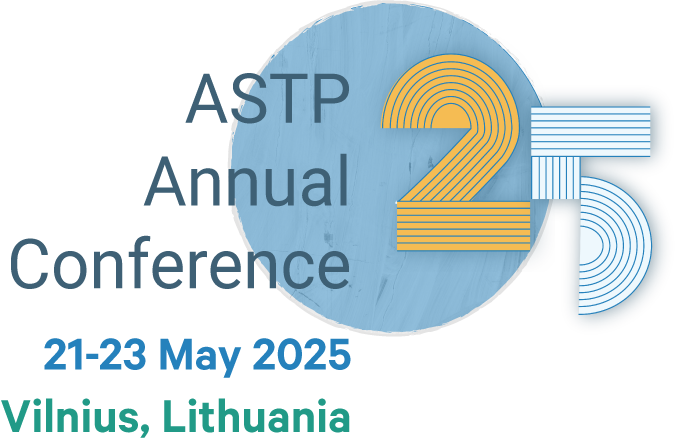
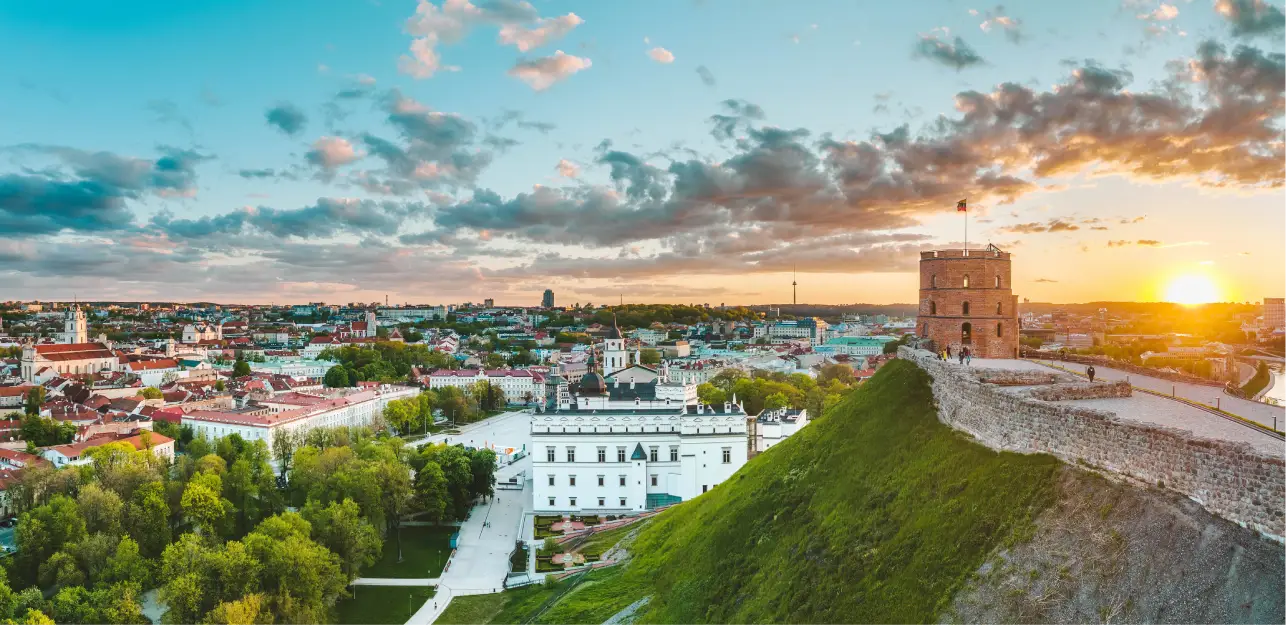
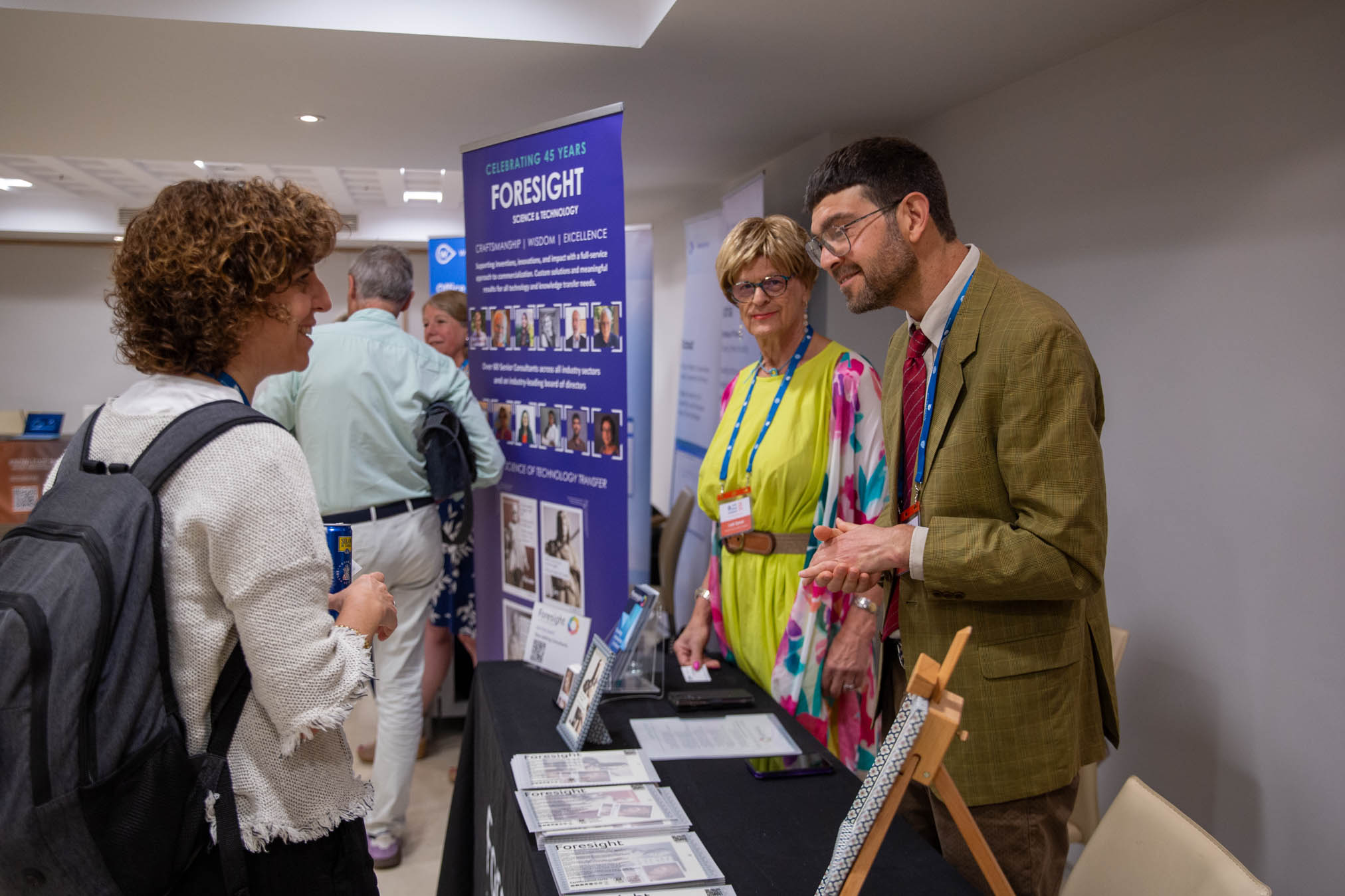


.png)
























